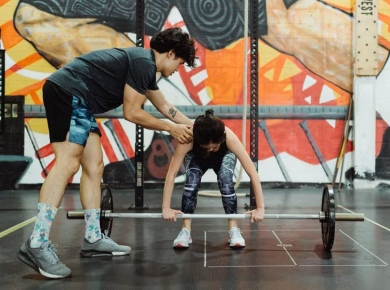Keeping students safe in today’s climate of violent crimes and school shootings has become a top priority for institutions nationwide. Muggings, thefts, burglary, sexual assault, and violence, occur, unfortunately, at colleges and universities. The COVID-19 pandemic forced institutions of higher learning to rethink health protocols. Security merits the same attention and engagement not only for students, but for faculty, staff, and visitors to campus.
What Does Securing Student Housing Entail?
Securing student housing refers to all measures enacted to ensure the safety of student residents in university housing. Many campus dormitories already have video security cameras, access systems, procedures, and some type of emergency notification protocol in place. But these systems and procedures may be outdated when considering both the present security challenges and what modern technology has to offer.
Often older systems can require more personnel, be more costly to operate, and prove to be less efficient than new technology. While installing or upgrading to a new system may require a significant monetary investment, overall efficiency improvements can help new technological systems to underwrite investment costs.
Student housing not only presents access challenges but privacy concerns as well. Students will expect some level of privacy in their temporary home, but often unmonitored spaces are exactly those which attract criminal activity. Modern technology can now aid in reducing crime and in particular theft in student housing while still protecting one’s privacy.
Access Control in Student Housing
The first measure of student housing security regards access. An access control system no longer depends on traditional keys or even key cards or badges. Modern access control can include mobile device credentials, biometric recognition, or keypads. This eliminates the risk of losing keys or cards or having them stolen.
Modern access control systems not only work for students but facilitate the safe entry and exit of visitors as well as staff and service providers for maintenance and delivery. Partial or full access can be granted 24/7 or on specific days at specific hours. Access credentials can be supplied to visitors for a limited period. Most importantly, these credentials can be revoked in real-time should the need arise.
Technological access protocols also maintain an electronic log of who frequents student housing and the times of entries and exits.
Video Security Monitoring
Undoubtedly, video surveillance has a role in securing the safety of occupants and visitors to a facility, but in student housing privacy is also a priority. The capability to monitor shared spaces and traffic flow is vital to enabling proper responses to incidents. Nonetheless, in a temporary home, some level of privacy needs to be ensured. New video technologies do allow for blurring faces in videos to guarantee some degree of privacy. If the video recording is needed for investigative work, it can be viewed without privacy pixelation of faces by authorities.
School security cameras are generally at their best when connected to access control systems in a unified security platform that can provide video footage in a matter of seconds if need be. These platforms also provide remote management, meaning that resident managers or security personnel can intervene immediately in the event of students forgetting to close doors or losing credentials for entry.
AI analytics also play an important role in rendering student housing security proactive rather than reactive. AI can analyze suspicious behavior appearing on video feeds and alert security teams in seconds.
If the student housing has parking, an investment in cameras with license plate readers can add a layer of security to housing premises.
Improving Security Efficiency
With these technological advances, administrators can lock and unlock doors, trigger a building lockdown, eliminate false alarms, and be alerted to potential problems in real-time. These benefits contribute to security personnel operating efficiently when a need arises rather than viewing hours of the video feed in a back room.
Smart lighting around student housing perimeters, in parking lots, at access points, and even in corridors and shared spaces can be tailored to meet traffic flow and included in a technology platform denying bad actors places to hide.
A unified security platform can also reduce the number of security personnel necessary, thus reducing costs.
Data collection and analysis can provide important insights into occupancy, behavior patterns, and eventual maintenance issues. A door that remains constantly open may need to be repaired or there may be a behavior issue with a particular student that needs confronting. These insights permit administrators and security personnel to address problems before they require more incisive intervention that can drain resources.
Technology also permits security teams to identify potential hotspots where criminal behavior is repetitive and find solutions.
Extra Benefits
An added benefit of technology-based security is that upgrades can be done in real-time to software. Security personnel and managers will only have one interface and one security program to master.
Unified security platforms for student housing provide better overall control and safety for those entrusted with protecting students living on campus.





